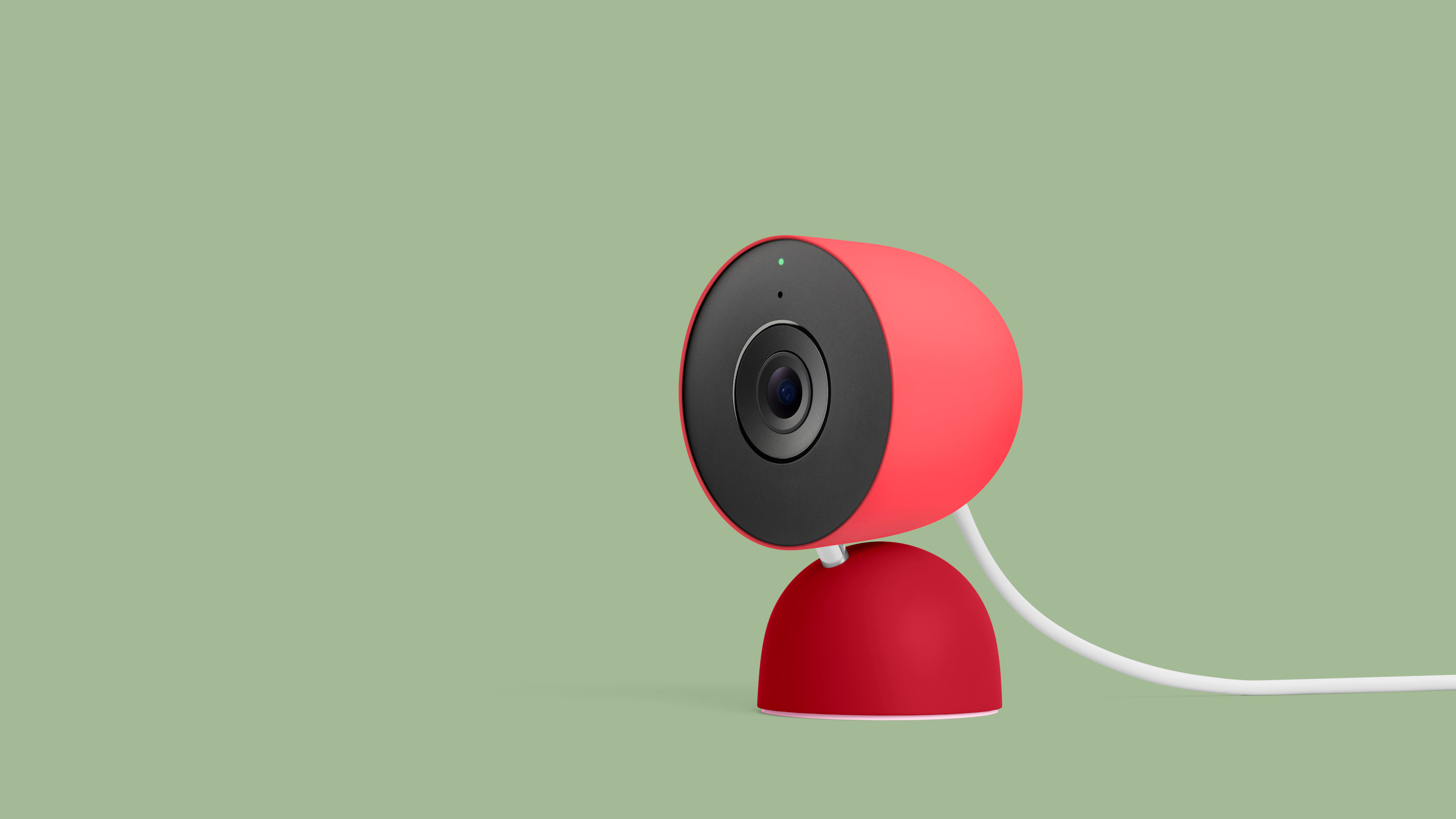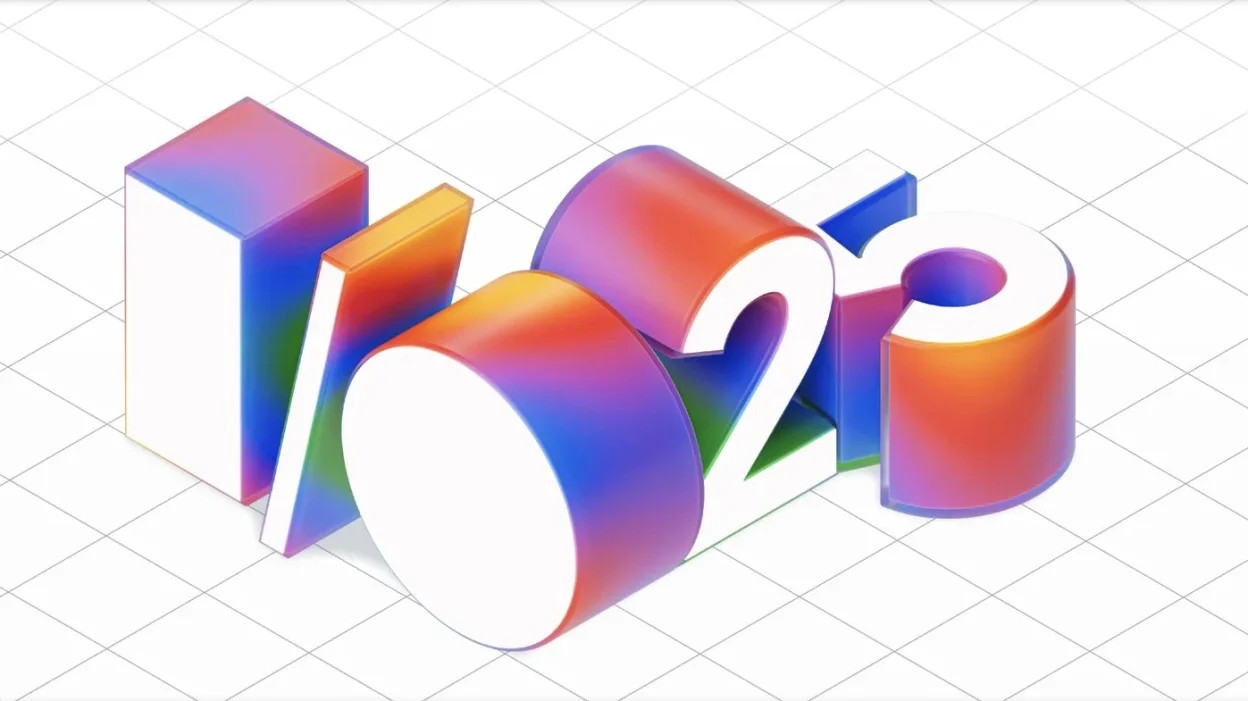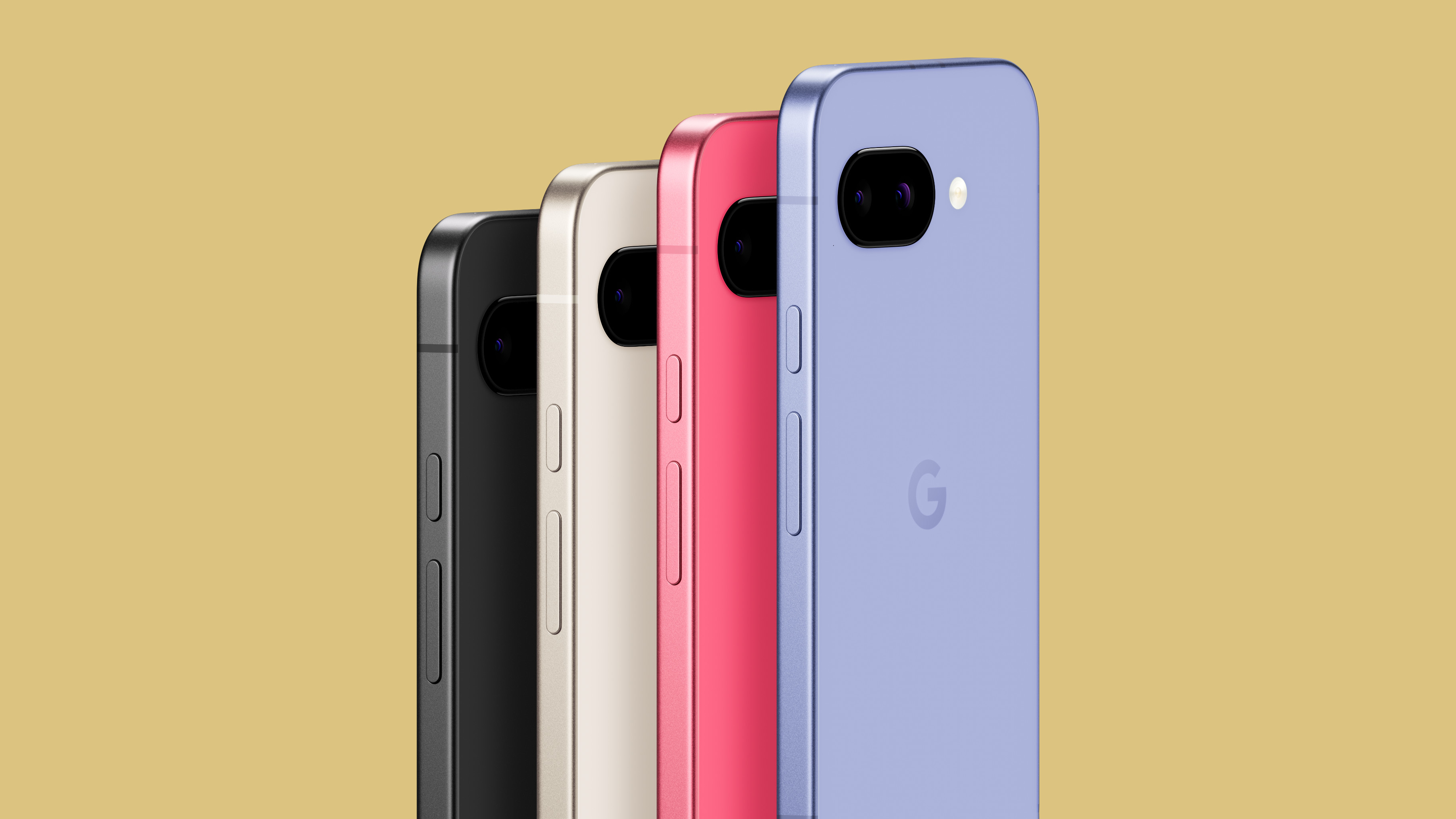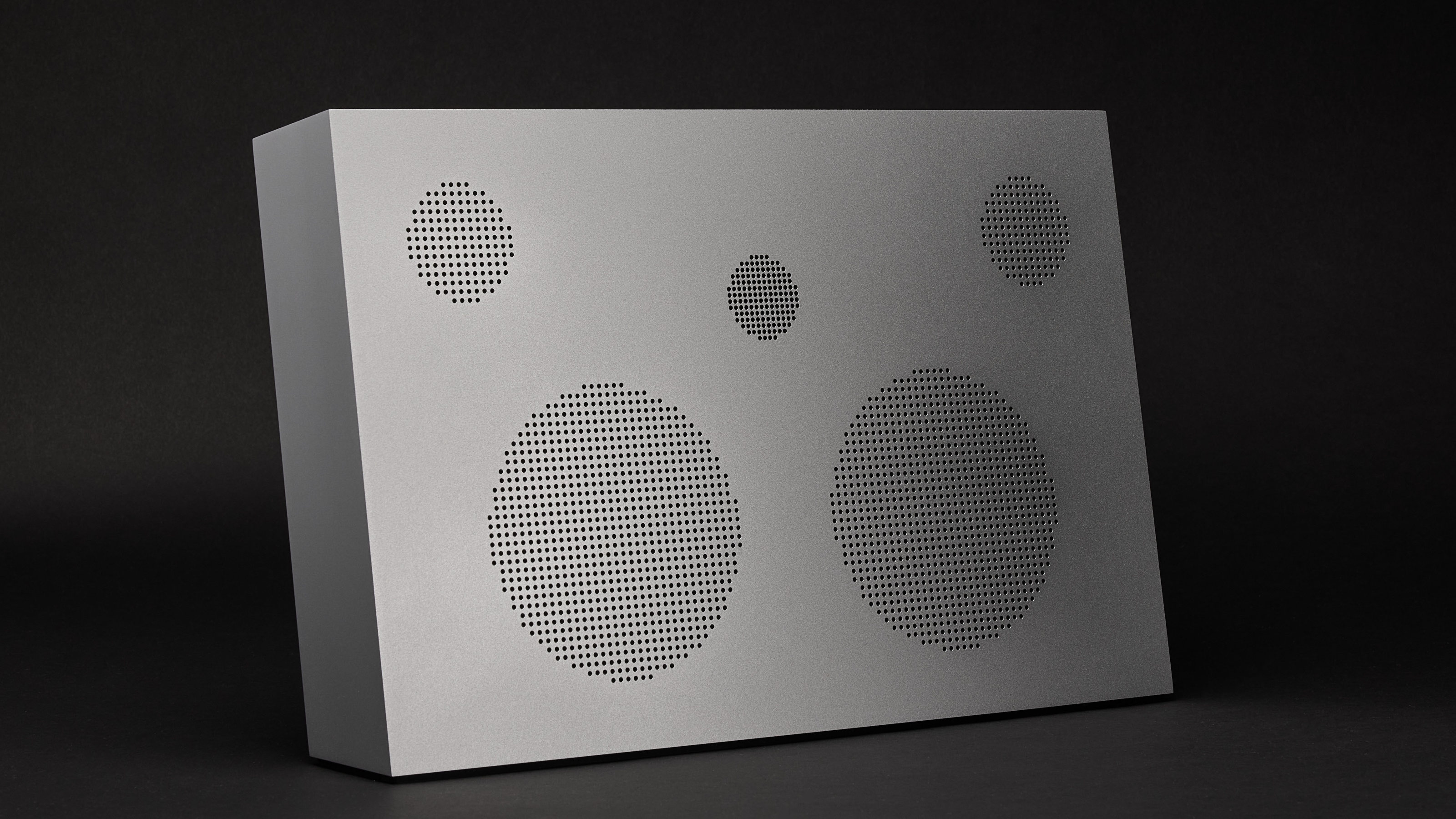The new Google Pixel Fold is the tech giant’s first foray into foldables
The announcement of Google’s first foldable should shake up the market for these esoteric mobile devices: how does it compare to the competition?

We’re slowly coming around to the utility of the folding phone, noting that this uncommonly complex device comes in two formats. The first, the clamshell, cleverly updates the must-have mechanism of the 1990s, condensing a conventional smartphone screen into a package that’s half the size.

The new Google Pixel Fold
The second type of folding device has been much more contentious. Full-size foldables effectively double the available screen real estate by opening out like a book. Engineering a hinged screen that stays near flat, avoids a visible crease and can endure repeated use troubled many of the early adopters, most notably Samsung, while other firms, like Microsoft, did away with a folding screen in favour of two separate units.
Now, Google is getting in on the act, indicating that the foldable market has finally come of age. The new Pixel Fold goes head-to-head with the current reigning device, Samsung’s Galaxy Z Fold 4, although it also has to beat the Oppo Find N and a new device from Honor, the Magic Vs. Here’s how the major players stack up.
The challenger: Google Pixel Fold

Google Pixel Fold
We have high hopes for Google’s first foldable, due to be shipped in June 2023. Preview images show a solidly engineered double-screen device, with the exterior following the familiar Pixel design language. Open it up and the interior contains a 7.6in screen with a relatively large bevel but a much slimmer overall profile.

Google Pixel Fold
Google is calling the interior screen a ‘tablet’, rather than a phone, and we can assume that the company’s own eco-system will be tweaked to make the most of the space – with two apps side by side, you can drag and drop images into a messaging app, for example. Tabletop mode is designed for watching content and making video calls, and the rear holds the highest quality selfie camera the company has ever created. Android 14 – due later in 2023 – will bring a new ‘interpreter’ mode, allowing real-time translation across two screens.
Google Pixel Fold, from £1,749, Store.Google.com
The champion: Samsung Galaxy Z Fold 4

Samsung Galaxy Z Fold 4
Soon to be replaced by the inevitable Galaxy Z Fold 5, the Z Fold 4 is currently the top-rated pocket foldable. Samsung’s ongoing iterations have honed the form factor and done away with early teething troubles, and the Z Fold 4 reaps the benefits of this experience. Although Google has sensibly gone for a similar main screen size as Samsung, the latter still emphasises its support for Samsung’s S Pen stylus, even though there’s no dedicated slot to keep the pen when not in use.
Receive our daily digest of inspiration, escapism and design stories from around the world direct to your inbox.

Samsung Galaxy Z Fold 4
Samsung’s smoother design language allows the screen to be pushed closer to the edge of the unit and there are other enhancements like Dolby Atmos on board. This is the device Google has to beat.
Samsung Galaxy Z Fold 4, from £1,649, Samsung.com
The wild card: Honor Magic Vs

Honor Magic Vs
Honor’s new Magic Vs undercuts both Google and Samsung but offers a similarly high specification. The Chinese brand is launching this ‘first foldable flagship’ with a focus on lightness, long battery life and physical durability. The fold mechanism has come in for particular focus, with durability testing showing it can withstand up to 400,000 operations, with a simpler, refined design.

Honor Magic Vs
The interior display size just pips its rivals (7.9”) and folds completely flat when open, although you’ll have to use the company’s Android-derived MagicOS 7.1 software instead of Google’s admirably purist original. The Cyan-coloured case is a departure from the usually sober smartphone colourways, marking the Magic Vs out as something a bit different.
Honor Magic Vs, from £1,399, HiHonor.com
Jonathan Bell has written for Wallpaper* magazine since 1999, covering everything from architecture and transport design to books, tech and graphic design. He is now the magazine’s Transport and Technology Editor. Jonathan has written and edited 15 books, including Concept Car Design, 21st Century House, and The New Modern House. He is also the host of Wallpaper’s first podcast.
-
 Winston Branch searches for colour and light in large-scale artworks in London
Winston Branch searches for colour and light in large-scale artworks in LondonWinston Branch returns to his roots in 'Out of the Calabash' at Goodman Gallery, London ,
-
 The most anticipated hotel openings of 2026
The most anticipated hotel openings of 2026From landmark restorations to remote retreats, these are the hotel debuts shaping the year ahead
-
 Is the future of beauty skincare you can wear? Sylva’s Tallulah Harlech thinks so
Is the future of beauty skincare you can wear? Sylva’s Tallulah Harlech thinks soThe stylist’s label, Sylva, comprises a tightly edited collection of pieces designed to complement the skin’s microbiome, made possible by rigorous technical innovation – something she thinks will be the future of both fashion and beauty
-
 Google Home gets a glow-up as Gemini joins the party with its uncanny observational skills
Google Home gets a glow-up as Gemini joins the party with its uncanny observational skillsYour smart speaker becomes sentient and you now have your own NSA-grade domestic surveillance set-up. Welcome to the terrifying power of Gemini-enabled Google Home
-
 12 new watches and wearables offer a high-tech take on time and tracking
12 new watches and wearables offer a high-tech take on time and trackingFrom conventional smart watches to specialist applications and even solar system exploration, we present twelve ways of transforming your wrist into a source of inspiration and information
-
 Google I/O 2025 melded light-touch UI interactions with an enhanced AI-driven core
Google I/O 2025 melded light-touch UI interactions with an enhanced AI-driven coreWe take stock of Google’s new AI offerings. Under a new Material 3 Expressive aesthetic that softens and smooths, AI arrives to take stock of you, your choices, desires, innermost thoughts and exactly what it is you want for dinner
-
 Microsoft vs Google: where is the battle for the ultimate AI assistant taking us?
Microsoft vs Google: where is the battle for the ultimate AI assistant taking us?Tech editor Jonathan Bell reflects on Microsoft’s Copilot, Google’s Gemini, plus the state of the art in SEO, wayward algorithms, video generation and the never-ending quest for the definition of ‘good content’
-
 The new Google Pixel 9a is a competent companion on the pathway to the world of AI
The new Google Pixel 9a is a competent companion on the pathway to the world of AIGoogle’s reputation for effective and efficient hardware is bolstered by the introduction of the new Pixel 9a, a mid-tier smartphone designed to endure
-
 Artist Lachlan Turczan and Google's 'Making the Invisible Visible' at Milan Design Week 2025
Artist Lachlan Turczan and Google's 'Making the Invisible Visible' at Milan Design Week 2025All that is solid melts into air at Garage 21 in Milan as Google showcases a cutting-edge light installation alongside a display of its hardware evolution and process
-
 Year in review: top 10 audio acquisitions of 2024, as chosen by Wallpaper’s Jonathan Bell
Year in review: top 10 audio acquisitions of 2024, as chosen by Wallpaper’s Jonathan BellThe best audio technology of 2024, from pocketable earbuds to room-filling speakers
-
 Is the new Google Pixel 9 Fold Pro the ultimate do-it-all device?
Is the new Google Pixel 9 Fold Pro the ultimate do-it-all device?Google's Pixel 9 Pro and Pixel 9 Fold Pro go head to head in our hands-on test of the latest generation of AI-infused smartphones